Kia Niro vs Suzuki Ignis – Differences & prices compared
Everyday use, family trips or long-distance drives – here’s where the differences show.
Discover whether Kia Niro or Suzuki Ignis fits your lifestyle better.
Costs and Efficiency:
Price and efficiency are key factors when choosing a car – and this is often where the real differences emerge.
Suzuki Ignis has a decisively advantage in terms of price – it starts at 15600 £, while the Kia Niro costs 29100 £. That’s a price difference of around 13526 £.
Fuel consumption also shows a difference: Kia Niro manages with 2.40 L and is therefore clearly more efficient than the Suzuki Ignis with 4.90 L. The difference is about 2.50 L per 100 km.
Engine and Performance:
Power, torque and acceleration are the classic benchmarks for car enthusiasts – and here, some clear differences start to show.
When it comes to engine power, the Kia Niro has a decisively edge – offering 180 HP compared to 83 HP. That’s roughly 97 HP more horsepower.
In acceleration from 0 to 100 km/h, the Kia Niro is distinct quicker – completing the sprint in 9.90 s, while the Suzuki Ignis takes 12.70 s. That’s about 2.80 s faster.
In terms of top speed, the Kia Niro performs a bit better – reaching 185 km/h, while the Suzuki Ignis tops out at 165 km/h. The difference is around 20 km/h.
There’s also a difference in torque: Kia Niro pulls convincingly stronger with 265 Nm compared to 107 Nm. That’s about 158 Nm difference.
Space and Everyday Use:
Whether family car or daily driver – which one offers more room, flexibility and comfort?
Both vehicles offer seating for 5 people.
In curb weight, Suzuki Ignis is significantly lighter – 935 kg compared to 1474 kg. The difference is around 539 kg.
In terms of boot space, the Kia Niro offers decisively more room – 451 L compared to 267 L. That’s a difference of about 184 L.
In maximum load capacity, the Kia Niro performs evident better – up to 1445 L, which is about 345 L more than the Suzuki Ignis.
When it comes to payload, Kia Niro to a small extent takes the win – 466 kg compared to 395 kg. That’s a difference of about 71 kg.
Who wins the race?
The Kia Niro proves to be dominates this comparison and therefore becomes our DriveDuel Champion!
Kia Niro is the better all-rounder in this comparison.
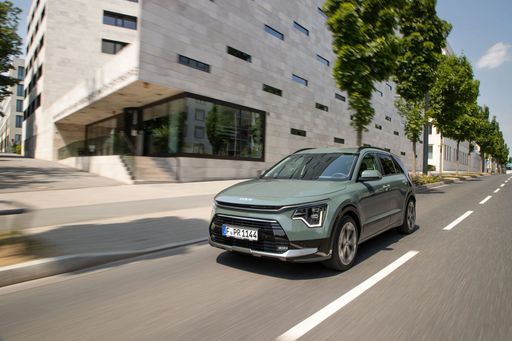
Kia Niro
Kia Niro
The Kia Niro presents itself as a versatile and eco-friendly SUV, blending a stylish design with advanced hybrid technology. Its spacious interior offers comfort and practicality, making it ideal for both city driving and longer journeys. With a focus on efficiency and sustainability, the Niro is a compelling choice for environmentally conscious drivers.
details @ press.kia.com
@ press.kia.com
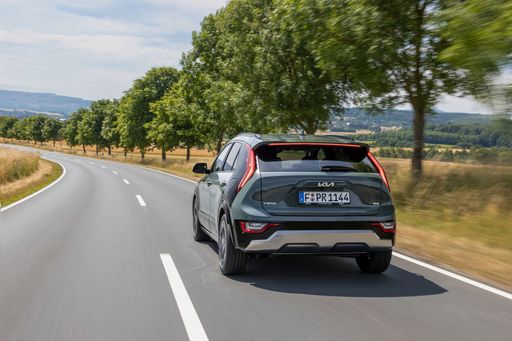 @ press.kia.com
@ press.kia.com
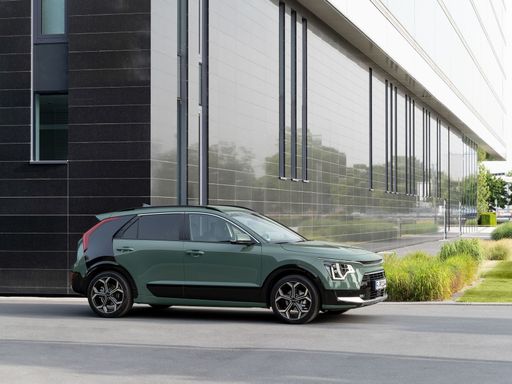 @ press.kia.com
@ press.kia.com
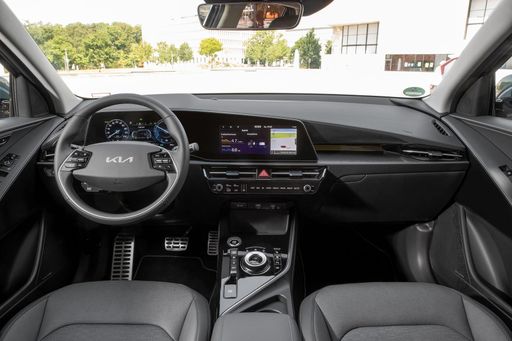 @ press.kia.com
@ press.kia.com
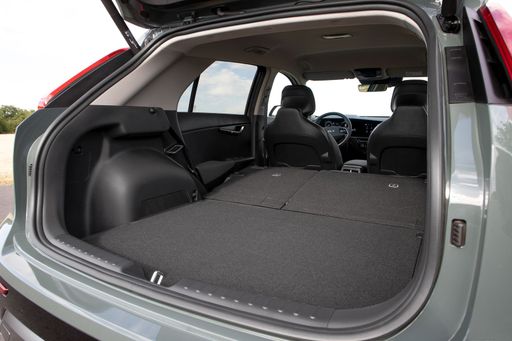 @ press.kia.com
@ press.kia.com
Suzuki Ignis
The Suzuki Ignis is a compact car that stands out with its unique blend of small SUV aesthetics and city-friendly dimensions. Its playful and distinctive design, combined with a practical and elevated driving position, makes it an appealing choice for urban dwellers seeking versatility without compromising on style. Inside, the Ignis offers a surprisingly spacious cabin with innovative storage solutions, making it ideal for those who need a functional yet characterful vehicle.
details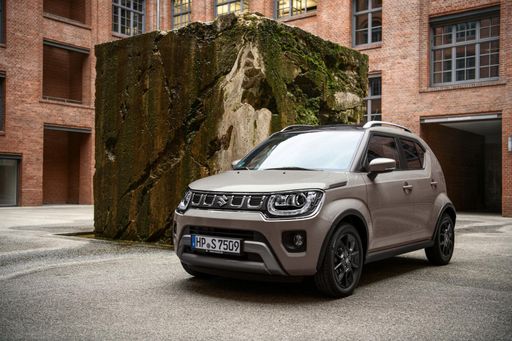 @ Suzuki
@ Suzuki
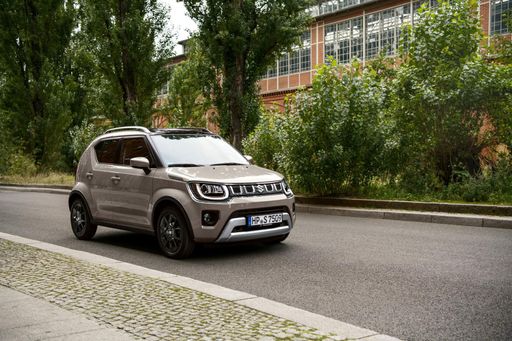 @ Suzuki
@ Suzuki
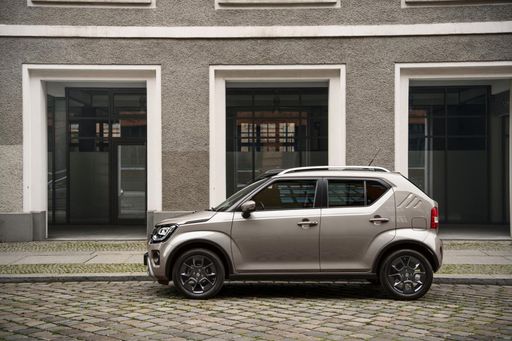 @ Suzuki
@ Suzuki
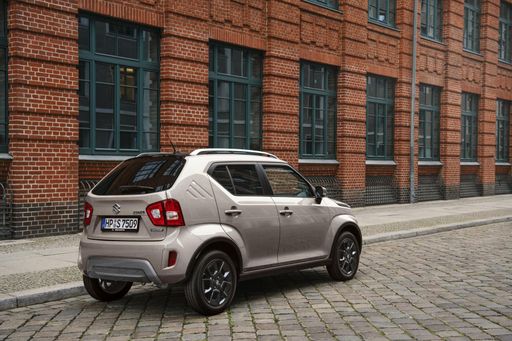 @ Suzuki
@ Suzuki
 @ Suzuki
@ Suzuki

|

|
|
|
|
Costs and Consumption |
|
|---|---|
|
Price
29100 - 38600 £
|
Price
15600 - 19500 £
|
|
Consumption L/100km
2.4 - 4.9 L
|
Consumption L/100km
4.9 - 5.4 L
|
|
Consumption kWh/100km
-
|
Consumption kWh/100km
-
|
|
Electric Range
57 - 62 km
|
Electric Range
-
|
|
Battery Capacity
1.3 - 11.1 kWh
|
Battery Capacity
-
|
|
co2
53 - 111 g/km
|
co2
110 - 122 g/km
|
|
Fuel tank capacity
37 - 42 L
|
Fuel tank capacity
30 - 32 L
|
Dimensions and Body |
|
|---|---|
|
Body Type
SUV
|
Body Type
SUV
|
|
Seats
5
|
Seats
4 - 5
|
|
Doors
5
|
Doors
5
|
|
Curb weight
1474 - 1594 kg
|
Curb weight
935 - 995 kg
|
|
Trunk capacity
348 - 451 L
|
Trunk capacity
204 - 267 L
|
|
Length
4420 mm
|
Length
3700 mm
|
|
Width
1825 mm
|
Width
1690 mm
|
|
Height
1545 mm
|
Height
1605 mm
|
|
Max trunk capacity
1342 - 1445 L
|
Max trunk capacity
1086 - 1100 L
|
|
Payload
466 kg
|
Payload
335 - 395 kg
|
Engine and Performance |
|
|---|---|
|
Engine Type
Full Hybrid, Plugin Hybrid
|
Engine Type
Petrol MHEV
|
|
Transmission
Automatic
|
Transmission
Manuel, Automatic
|
|
Transmission Detail
Dual-Clutch Automatic
|
Transmission Detail
Manual Gearbox, CVT
|
|
Drive Type
Front-Wheel Drive
|
Drive Type
Front-Wheel Drive, All-Wheel Drive
|
|
Power HP
138 - 180 HP
|
Power HP
83 HP
|
|
Acceleration 0-100km/h
9.9 - 11.4 s
|
Acceleration 0-100km/h
12.7 - 12.8 s
|
|
Max Speed
170 - 185 km/h
|
Max Speed
155 - 165 km/h
|
|
Torque
265 Nm
|
Torque
107 Nm
|
|
Number of Cylinders
4
|
Number of Cylinders
4
|
|
Power kW
102 - 132 kW
|
Power kW
61 kW
|
|
Engine capacity
1580 cm3
|
Engine capacity
1197 cm3
|
General |
|
|---|---|
|
Model Year
2025
|
Model Year
2020
|
|
CO2 Efficiency Class
C, B
|
CO2 Efficiency Class
C, D
|
|
Brand
Kia
|
Brand
Suzuki
|
Is the Kia Niro offered with different drivetrains?
The Kia Niro is available as Front-Wheel Drive.
The prices and data displayed are estimates based on German list prices and may vary by country. This information is not legally binding.
